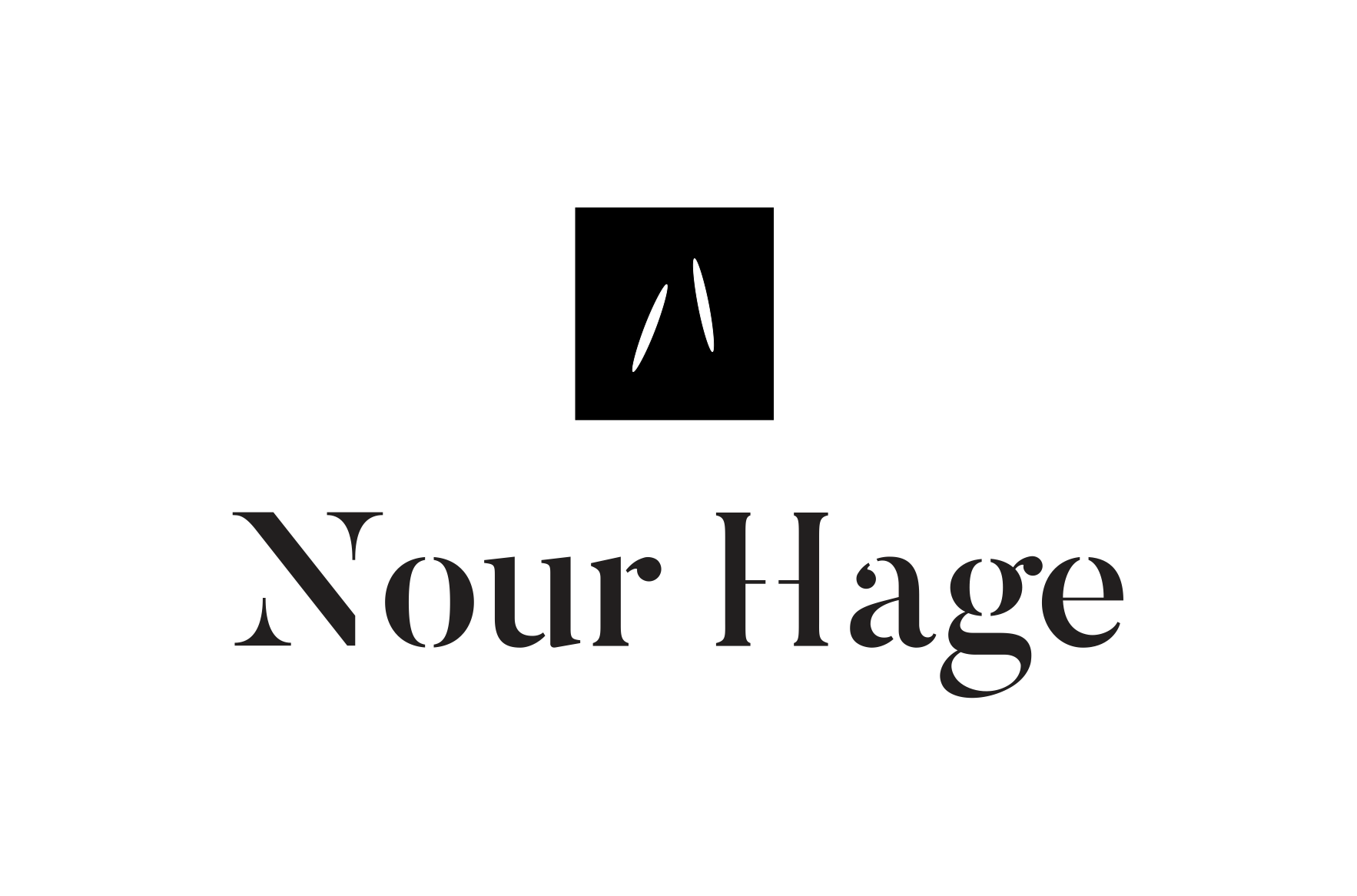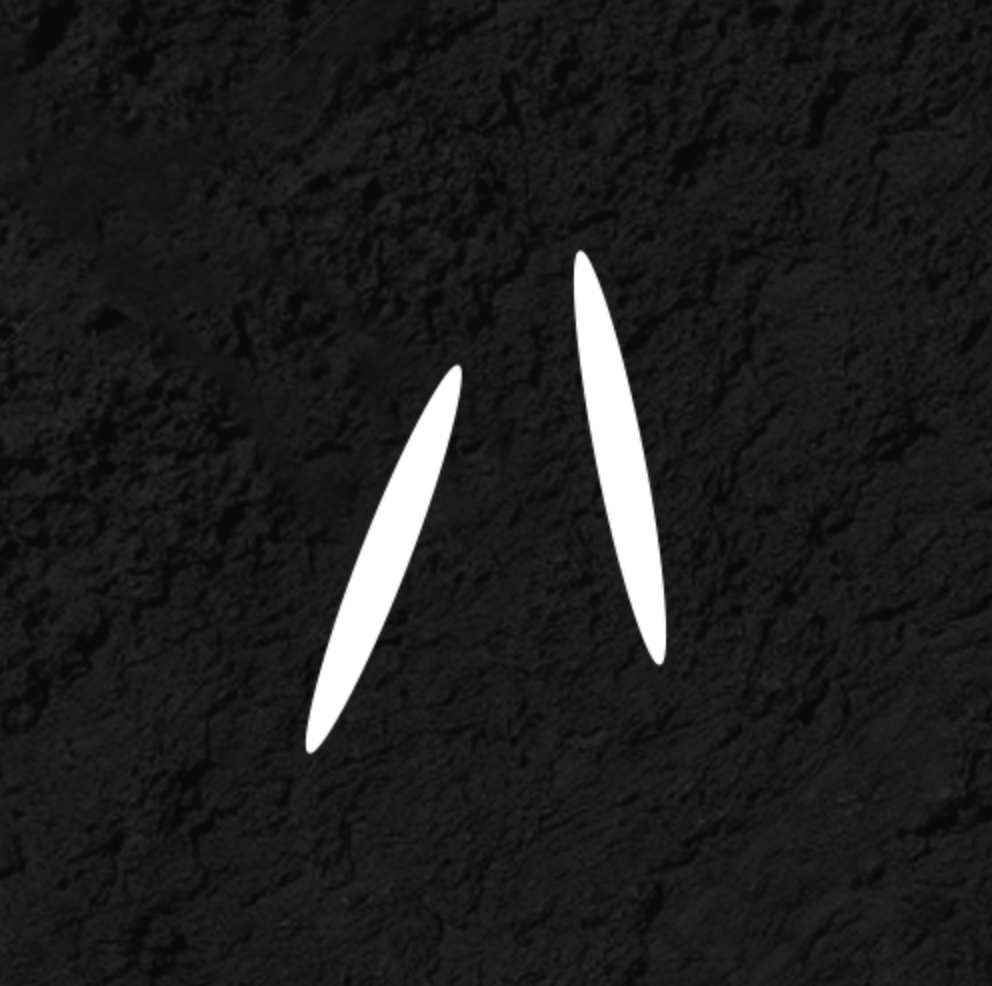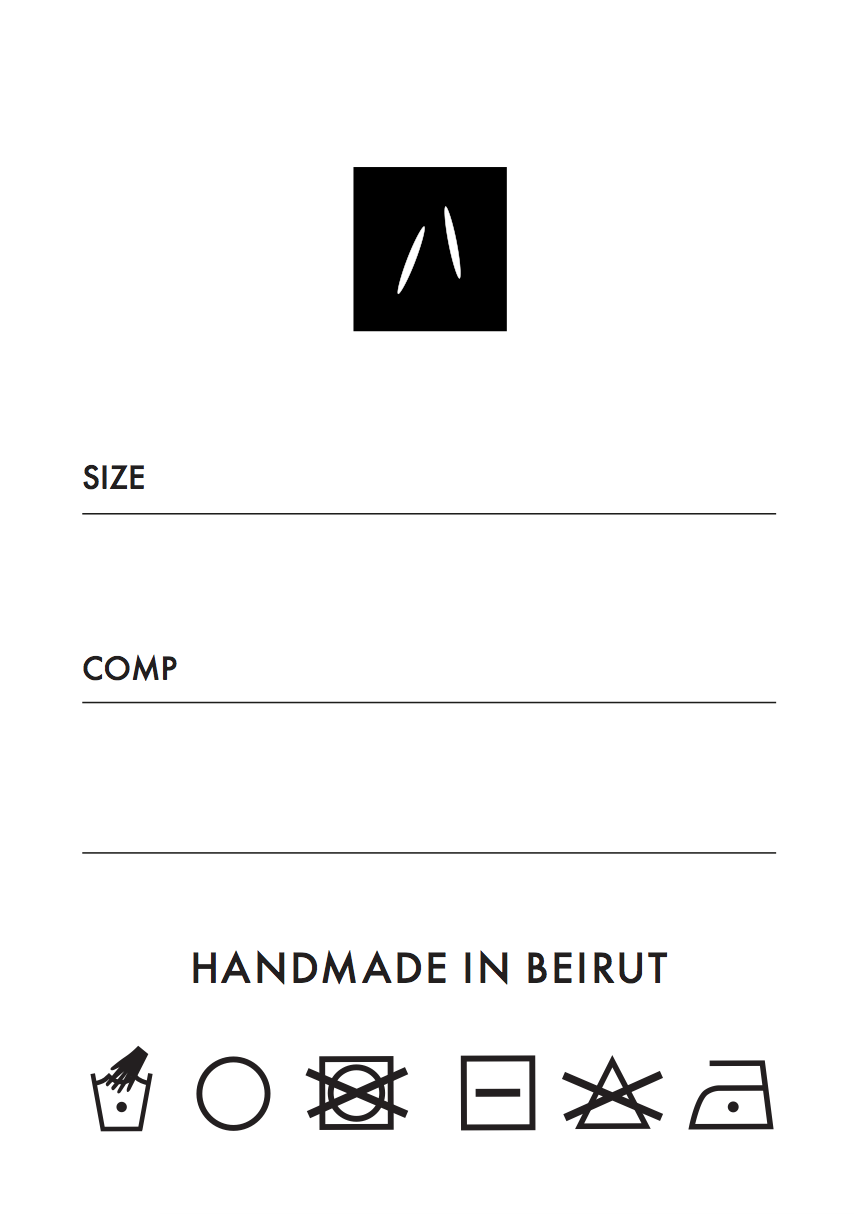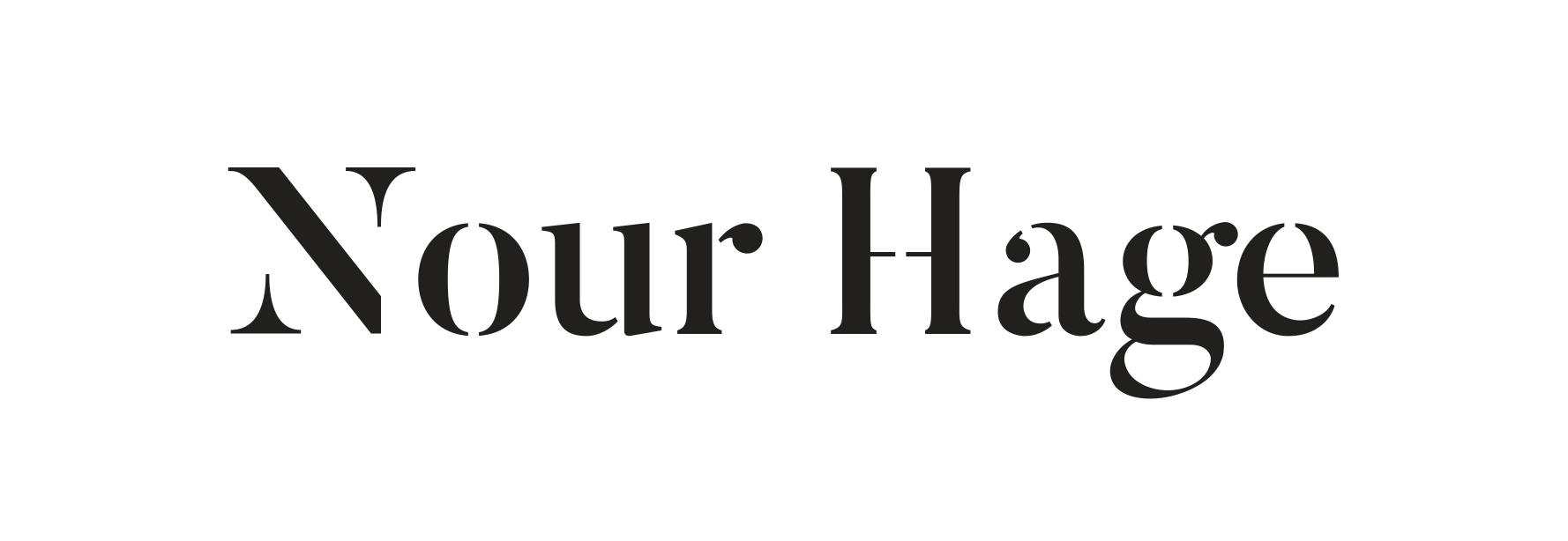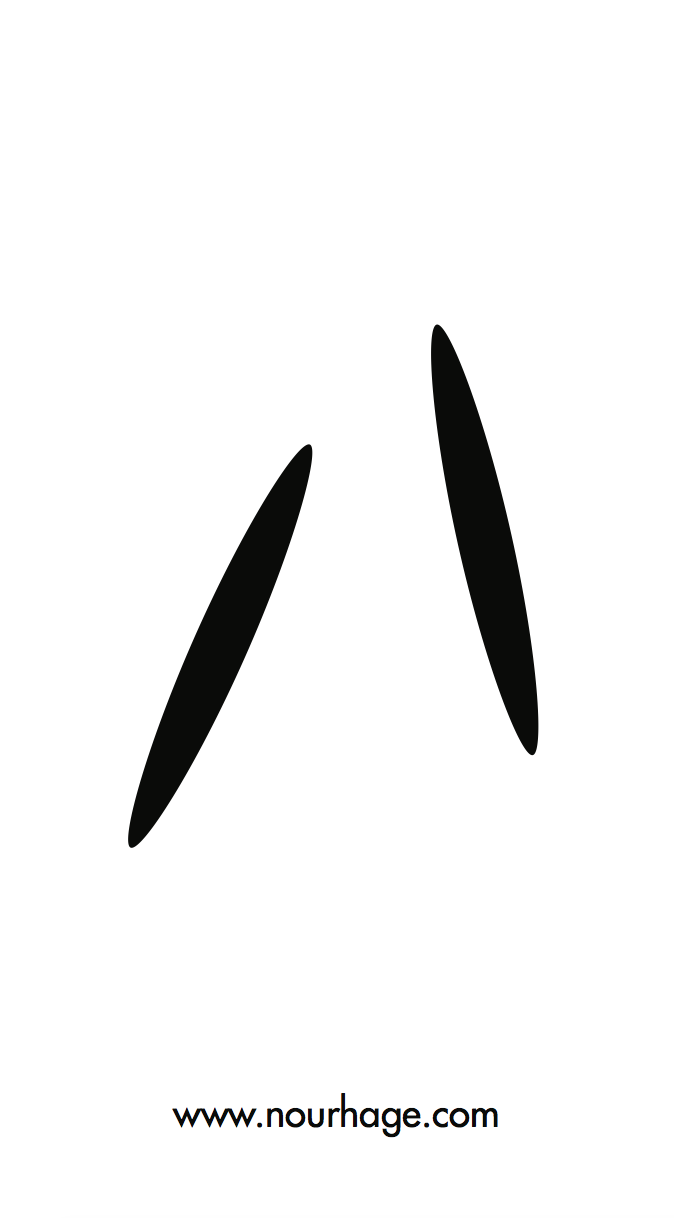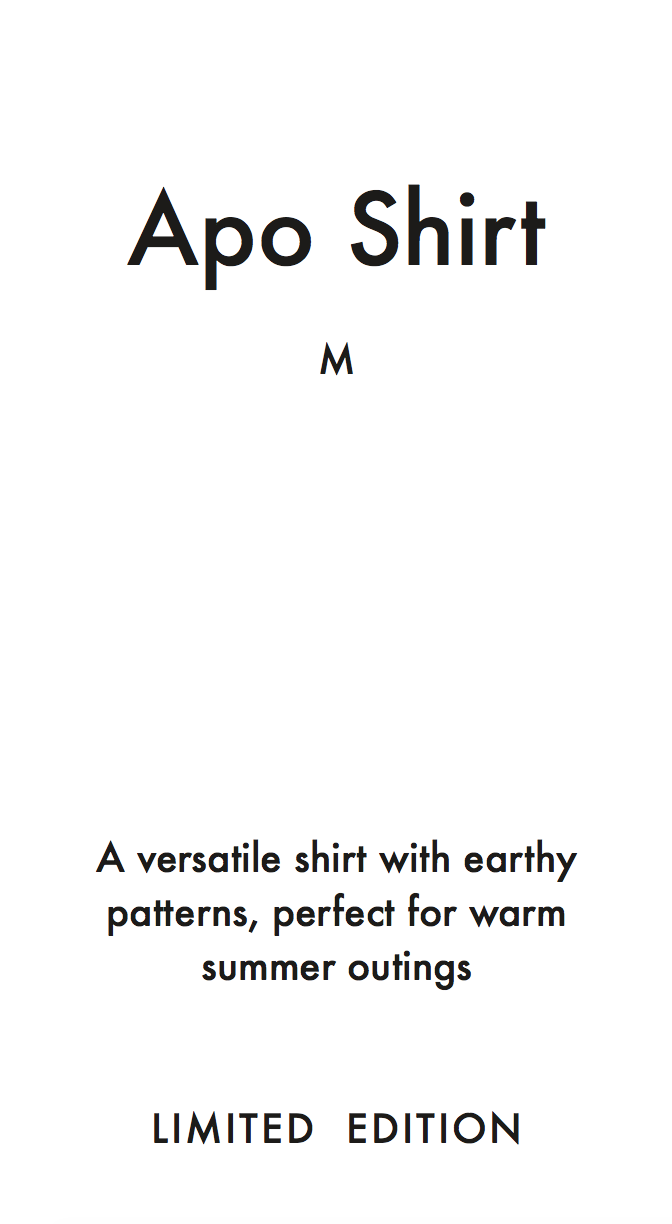Really appreciate this piece in The National explaining how I got into NFTs and how they link to my design practice and textile practice. Had a really great conversation with India Stoughton, which you can read here.
Teta: Nour Hage NFTs on Foundation
After a successful genesis series on OpenSea, I have launched a series of NFTs on Foundation. The first piece, Teta, was collected by @Omz on August 2, 2021 and is a portrait of my paternal grandmother Samira. It is based on a photograph of her from 1952 taken at the family home in Beirut just before she emigrated to Cote D’Ivoire. The digital work is composed of photographic scans of fabric from items of clothing handed to me by my grandmother over the past two decades.
Hidden Gems: Jameel Gallery | Nour Hage | Victoria and Albert Museum
Join me as I discuss my favourite object in the Jameel Islamic Middle East gallery, what drew me to it, and how objects from the past inform my design practice.
Find out more by heading to the V&A’s website.
Thank you to Rachel Dedman, Jameel Curator of Contemporary Art from the Middle East, who has been generous enough to invite me into the museum - a dream come true in itself - and give me access to these fascinating and important objects.
Thank you also to Yazan Kopty and his Imagining the Holy project, whose archives of pre-1948 Palestine I have used in my research and which appear in this film.
Mashrou Leila's Firas Abou Fakher in Nour Hage at New York gig
Honored to have this custom @nourhage_ abaya I made for #MashrouLeila worn by Firas onstage at The Bowery Ballroom on the last night of their US Tour.
Original Instagram Post.
Below a repost from @firasfiras__
Kept the best for last. Went on stage in our final North American show with this beautiful custom abaya by @nourhage_ ! Felt amazing in front of an incredible crowd at the @boweryballroom. What a way to end. Thank you to each and every one who came to the shows. I'm in the cape but you are the superheroes.
Check out @nourhage_
Photos by @okasrawi
#مشروع_ليلى #mashrouleila#goingbackhome
Riz Ahmed in British GQ wearing Nour Hage
British GQ September 2018 cover star Riz Ahmed wearing an abaya from the 01: Zero One menswear collection. This means a lot to me because Riz represents so much of what I’m trying to do with my design. As his profile has gone through the roof over the past few years — becoming the first South Asian & first Muslim to win a lead acting Emmy, staring in Star Wars: Rogue One — he has used his platform to speak & write beautifully and thoughtfully about representation. We were introduced through email by a friend, and he was immediately supportive of my decision to express pride in my Arab heritage through design. We emailed back and forth — him in New York, me in London — and when GQ approached him for the shoot he told the stylist to reach out to a little-known Lebanese designer for some pieces.I will forever be grateful for his support and open-heartedness.
Nour.
Photo by @alexilubomirski
Styling by @julieragolia
Story by @stuart.mcgurk
@britishgq September 2018
New Beginnings: The New Nour Hage Brand Identity
When I first started my brand in 2013, I was doing so without much of a plan. I had moved back to Lebanon in a way that wasn't entirely of my choosing, having failed to secure a work permit in France to stay on at the job I had at Damir Doma as a Parsons student.
I started the brand the way many people in their mid-twenties start projects, without much of an idea where it was going, and with a lot of support from friends and family.
The original brand logo designed by my cousin Joelle Ghanem, the swing tag designs by Tala Safie, and the first version of the 'stitch icon' I drew have all served me well. But as the brand has evolved, as I have put together a plan for where I see it and myself as a designer, as I've moved to a new country, I thought it was time for a new beginning.
Last month I enlisted the help of the wonderful design duo Paul & Maud in Brussels. We discussed my work, London, the deep relationship I have with Beirut, my wishes to remain an intimate and artisanal designer, how I want to be a responsible designer. Not as a buzzword, but as a real way of being.
And here's what we came up with. A reworking of the typography on the logo and of the stitch that emerged during the Hyphen collection, and which finds its way onto all my pieces.
I am happy to have this new design as the cloak I'll wrap around myself on this next stage of my journey as a designer.
Memories of My Childhood: My Submission to The John Ruskin Prize 2017
A couple of months ago, amongst the usual mishmash of newsletters and easy-to-ignore offers in my inbox, I got an interesting email from Makerversity, where I rent space at Somerset House. It was about the 4th John Ruskin Prize, a joint effort by The Guild of Saint George, The Big Draw and Museums Sheffield. Named after the Victorian art critic, author, patron, artist and philanthropist, this year's theme — Hand & Eye: Master of All Trades in the Age of Jack — revolves around the Artist As Polymath.
The email couldn't have come at a better time. The last year has involved a lot of soul-searching for me. I have moved somewhere new, big and daunting. I am both more certain about where my skills lie as a designer, and more uncertain about how to express them. And I really want to push myself to express my artistic impulses through new forms of design.
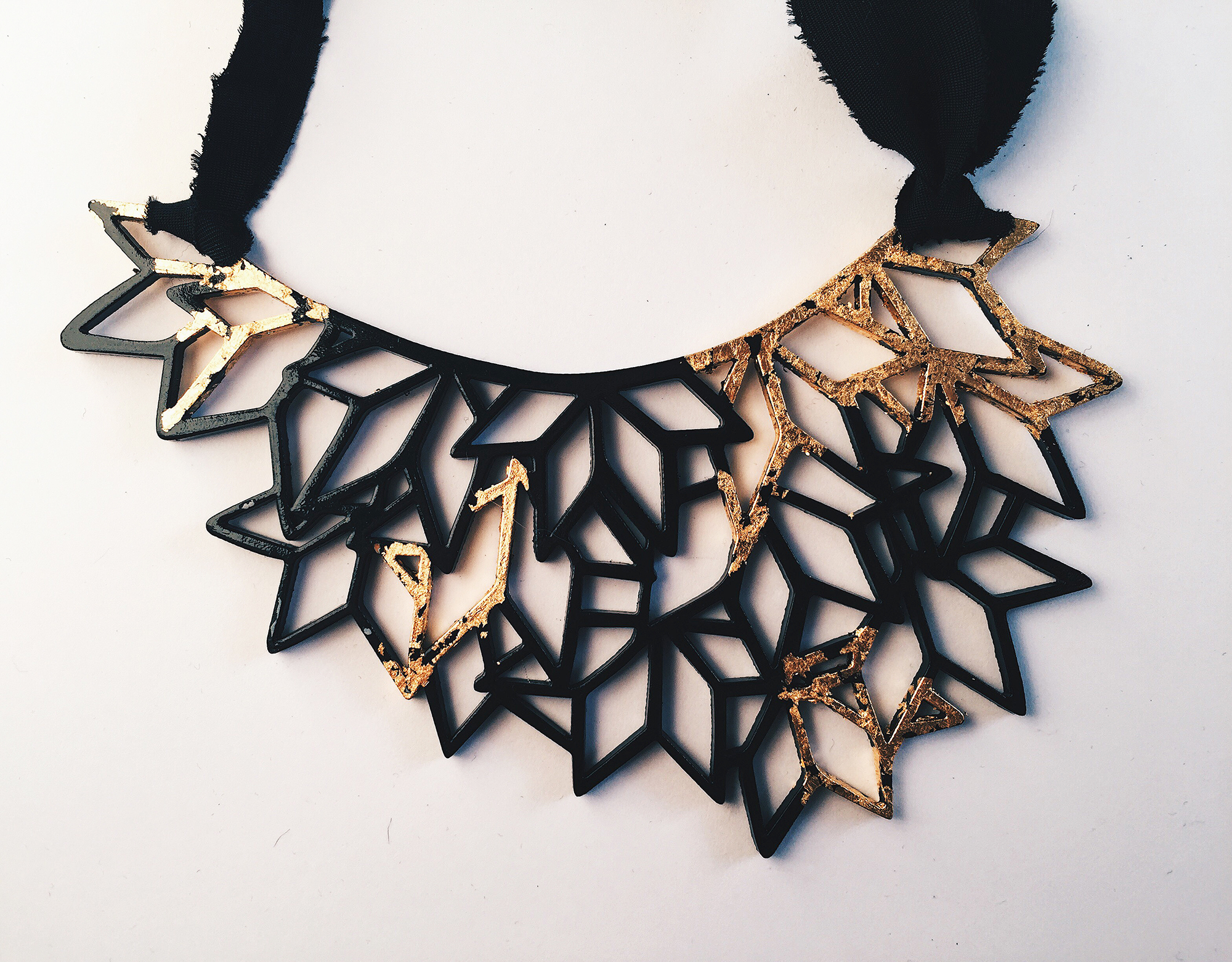


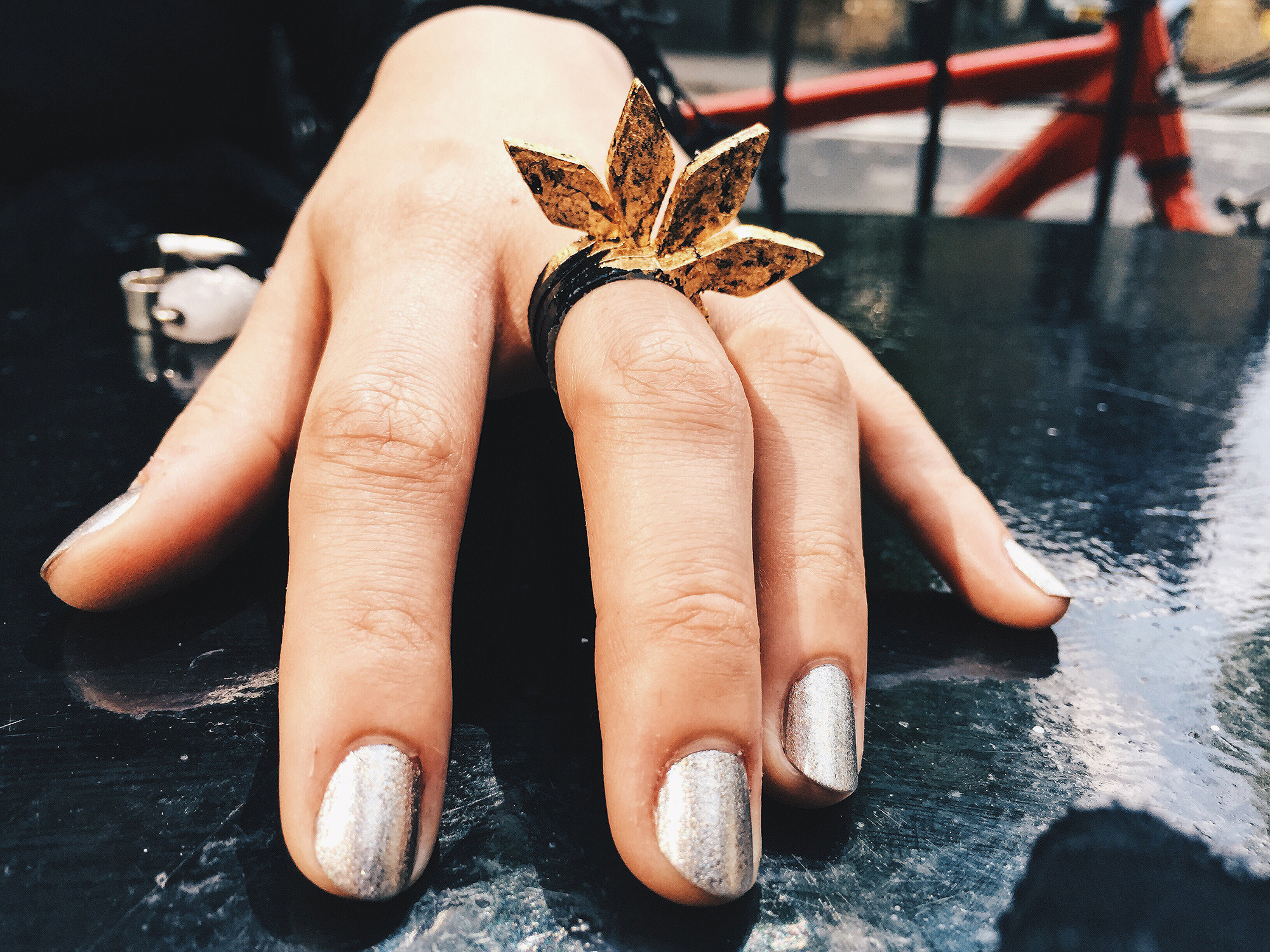
Now that I live in London, I have been thinking a lot about how I connect to my Lebanese roots, and more specifically I have been mining my childhood for meaning. And I found it in the unlikeliest of places. Meaning in the carved diamond shapes get cut onto the surface of a pan of baked kibbeh by my grandmother in the village of Kaytoule. Shapes I was never allowed to help with until I reached a certain age and was allowed to participate in the ritual. Meaning in the gentle clanging together of the beads on my grandfather's misbaha beads.
The pieces I would end up creating would bring together research into Lebanon's culinary history & its religious totems. It would involve putting together my recollections of sounds and smells from my childhood 3000 kilometers — and 20 years — away into a daily journal.
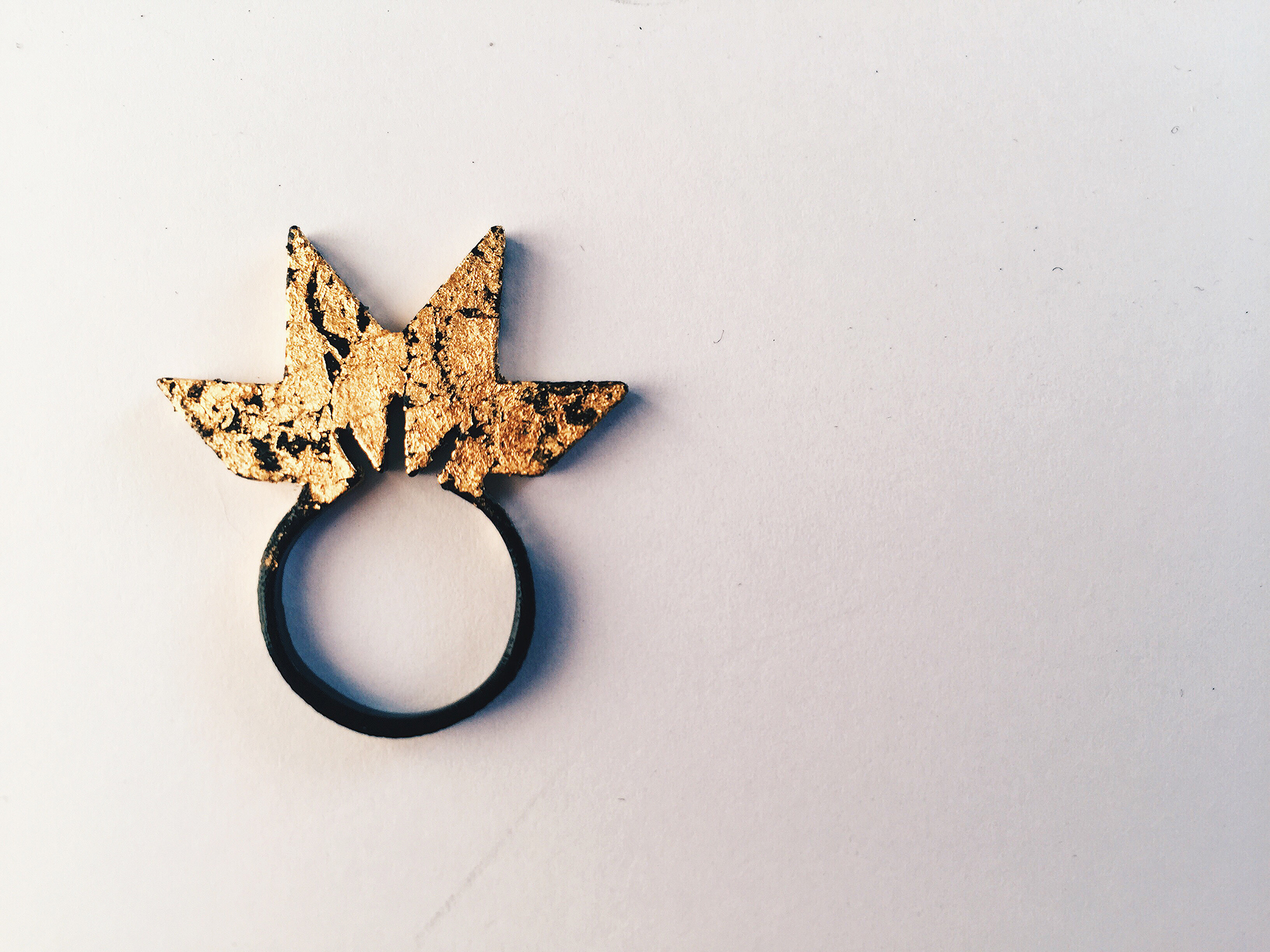

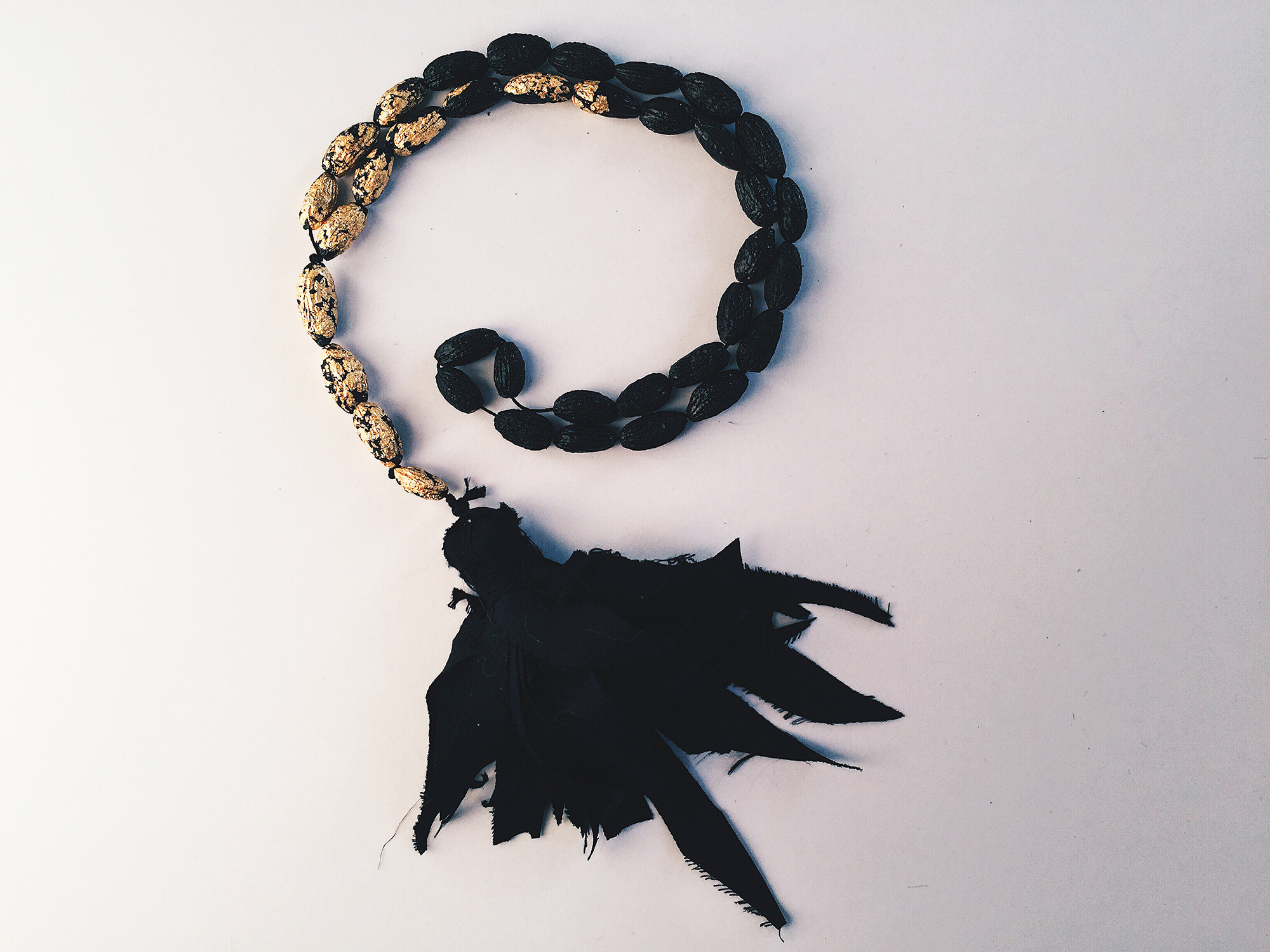
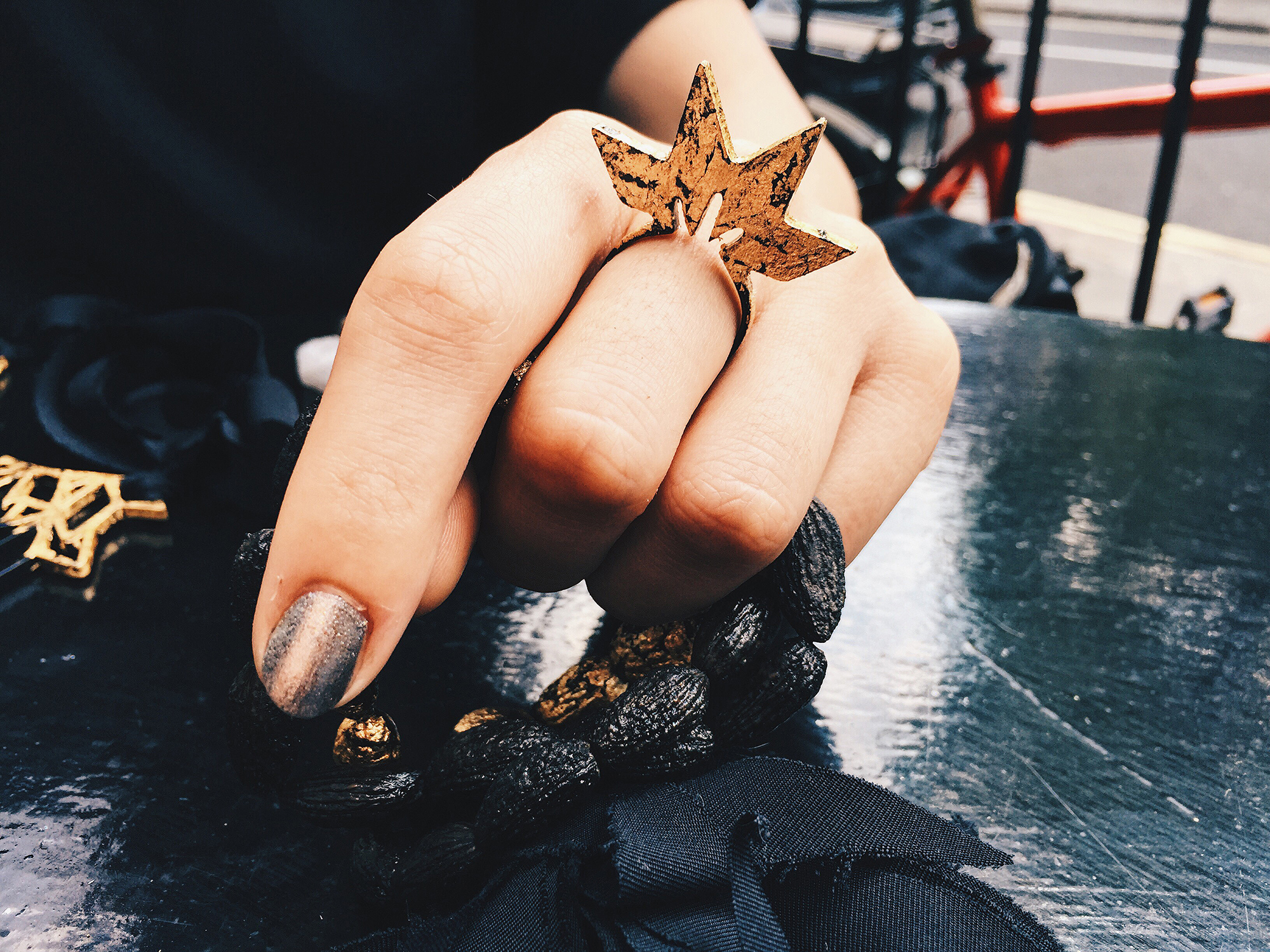
Starting with sketches and vague recollections, I began to wonder where I would go with this. I took my sketches and started manipulating them in Illustrator, creating prints. But they seemed too clean-cut. So I took the computer-generated print and started drawing it by hand. That process of distillation through the machine is what helped me come up with the defining shape for a necklace and rings. Now armed with the second hand-drawing, it went back into Illustrator to form the basing for the laser cutting of the piece itself. Again, the distillation process meant that the laser-cut result, normally perfect, retained the imperfections of my hand-drawing.
I cut the pieces in medium-density fiberboard. Because it absorbs humidity easily, I sprayed it with a lacker coat and then black paint. I added gold leafing as a means of embellishment. Black representing my memories of the 90s in Lebanon, and imperfect gold sprinkles my attempt at reclaiming that space in the time-honoured tradition of gold embellishment.
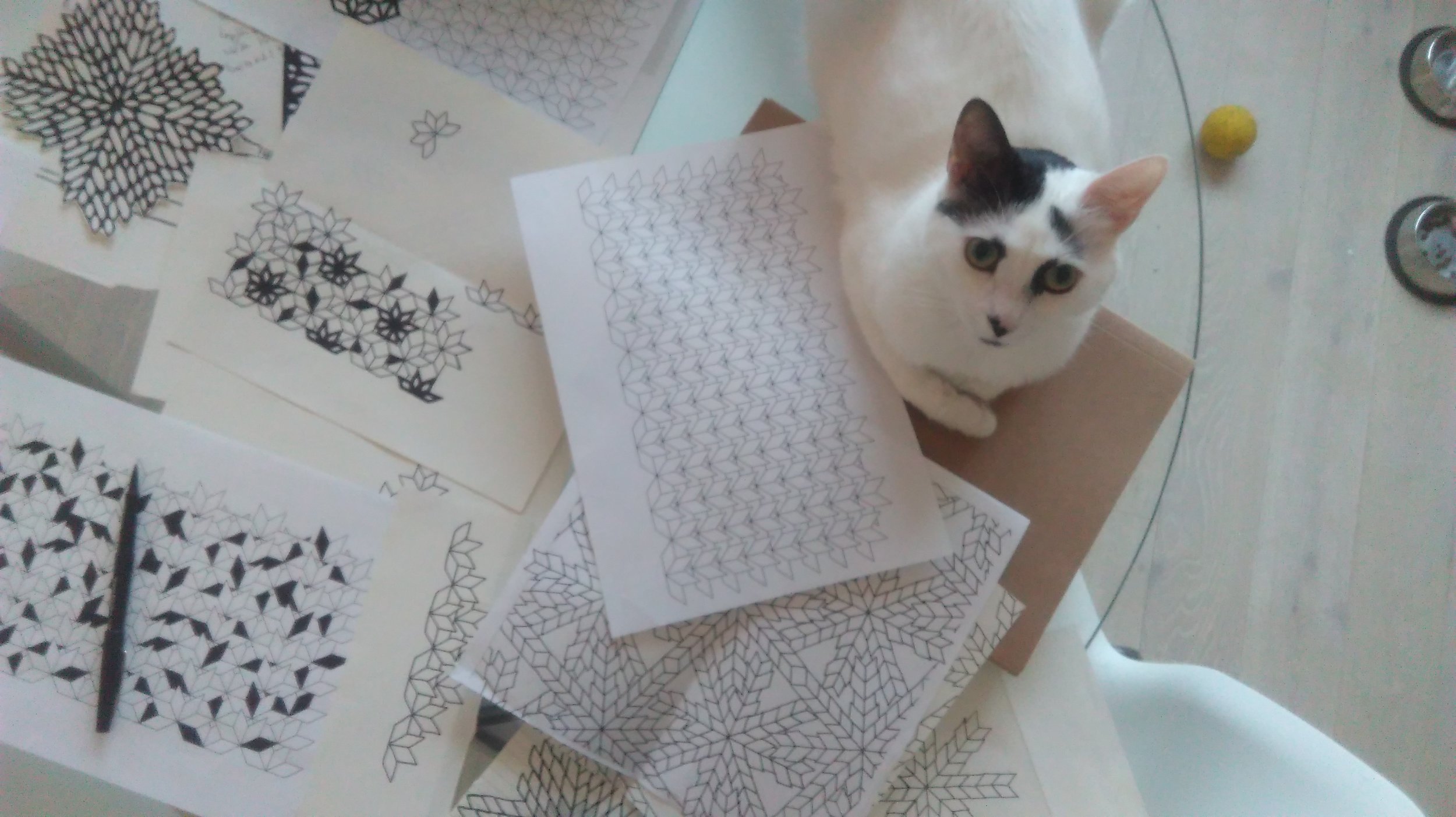
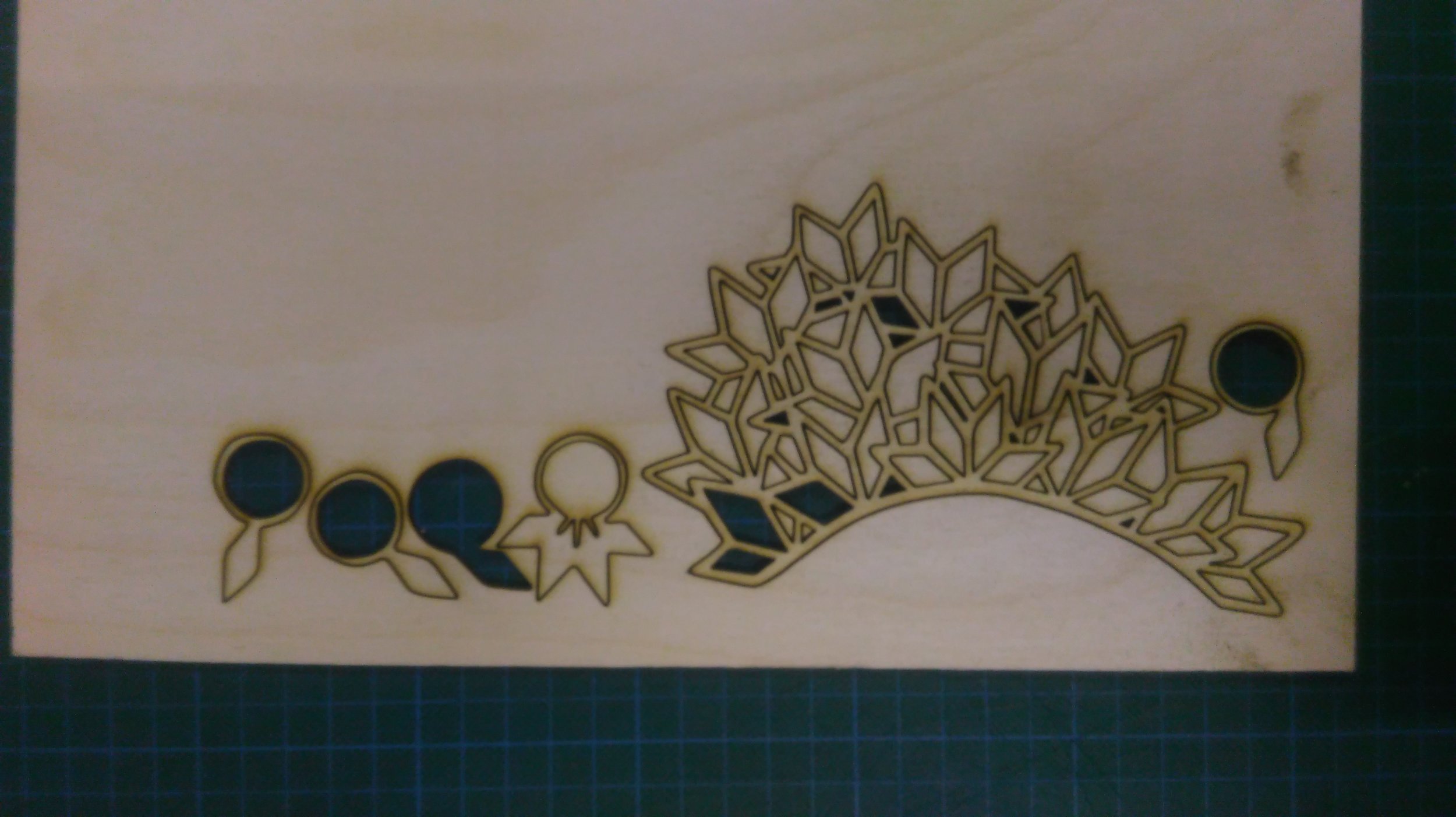



When it came to the misbaha, besides remembering it in my grandfather's hands, I didn't know much beyond that. Researching I realized all religions had prayer beads, so I wanted to understand what Lebanese ones special. I found out that they used to be made out of olive pits. So I decided to use that technique, since olive pits are normally a waste product. I gathered pits, washed them, drilled holes with small specialized hand drill, painted them black with wood dye. I applied golf leaf again and half-coated them with a glossy finish. I threaded it all with silk thread and used leftover black fabric from my studio to create the tassel.




